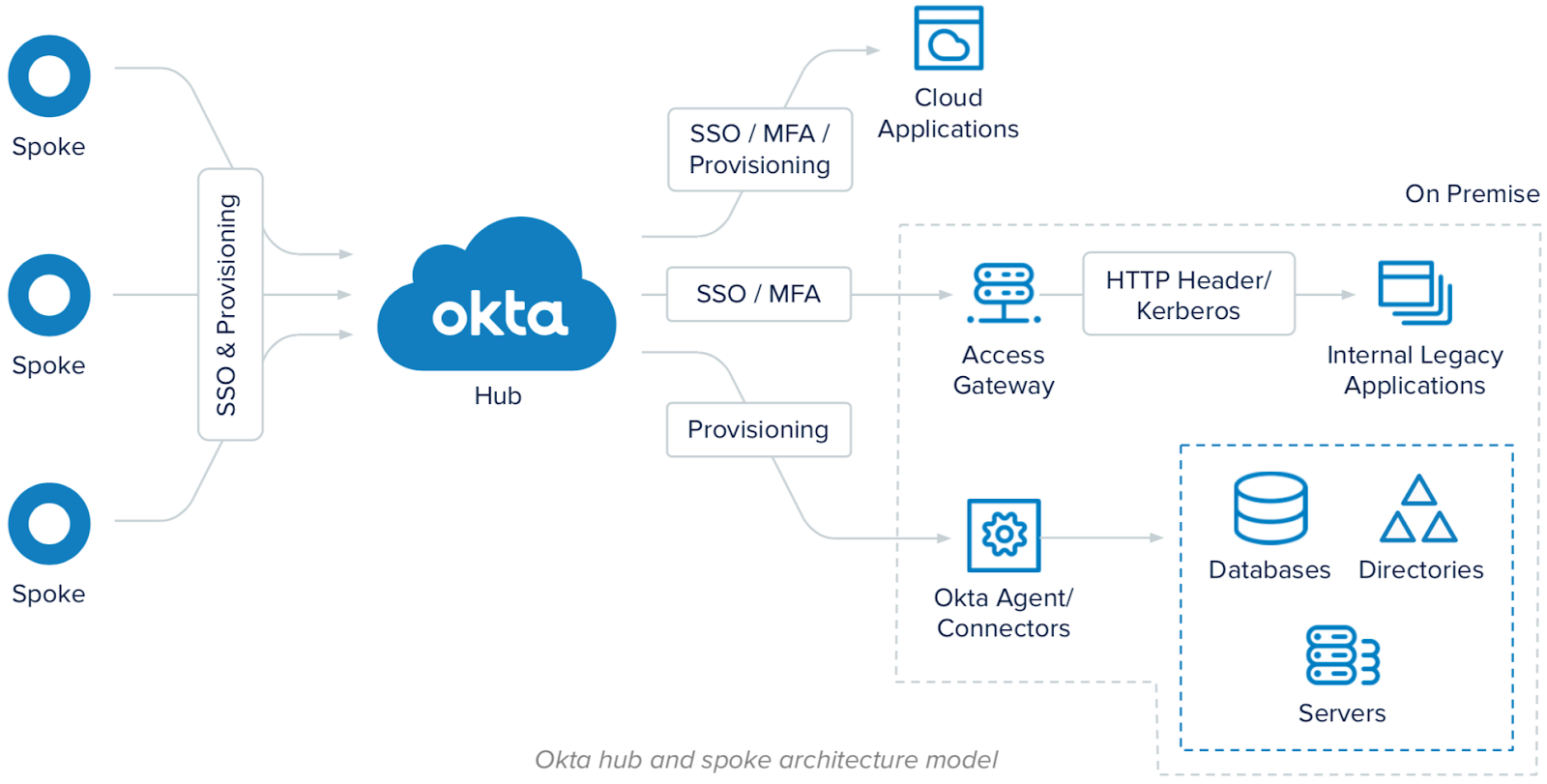Creating Seamless and Secure Identity Experiences in Higher Education
Education is a collaborative industry by nature. Whether it’s students discussing ideas, or staff and faculty coming together to create quality environments for teaching and learning, connecting with others makes for richer experiences. But in order to keep providing modern and accessible services to everyone, higher education must overcome some technological and logistical challenges.
For starters, many campuses use outdated legacy systems with a complex mix of open-source software. And as a result, institutions often experience a stifling degree of technology debt, making it disruptive and expensive to switch to more modern systems.
And yet, the COVID-19 pandemic has made this transformation more urgent than ever. Education staff have had to quickly onboard new cloud-hosted tools for remote learning and collaboration, provide relevant access permissions to students and staff, and secure remote access for everyone in the community, all while mitigating operational disruptions.
Modern identity and access management (IAM) is no longer a nice-to-have. In this post, we’ll run through some of the key ways that IAM can help colleges and universities perform at their best, and introduce the Okta solutions you can use to power better learning experiences.
Sharing services with full control
Many higher education institutions contain multiple independent campuses that make their own decisions about technology investments. Community colleges, multi-campus universities, and medical or health sciences centers are just a few examples.
Despite the autonomy that these campuses have, however, the umbrella organization may use a shared services model to save costs. This means offering the same technology and platforms across all entities, requiring a delicate balance of solutions that easily integrate. To do this successfully, these organizations need a common IAM infrastructure that supports individual decision making.
Mitigating cybersecurity risks
Colleges and universities are attractive targets for cyber attacks. Across different campuses and access points, higher education institutions host vast repositories of valuable data—from medical records and confidential research, to the financial and personally identifiable information (PII) of faculty, staff, students, parents, alumni, and donors.
Education, like many industries, has moved increasingly towards distributed and remote operations during the pandemic. And with a significant portion of data breaches in the industry being the result of stolen credentials (23%) and phishing attacks (28%), it’s clear strong IAM is necessary to secure access across accounts, devices, and networks.
Creating IT and management efficiencies
When colleges and universities run on legacy, on-premises systems, they deal with unnecessary costs related to lifecycle management, scalability, and multiple databases.
Administrators need more efficient methods for repairing and upgrading technology, dealing with fragmented student and staff data, and provisioning access to relevant apps. This is especially the case while working in distributed learning environments, which only makes these tasks more challenging. For institutions with thousands of students, staff, and alumni, a move to cloud-based IAM lets admins efficiently manage IT for the community.
One solution, multiple rewards
With regards to each of these performance areas, a switch to modern IAM can help higher education institutions to operate more efficiently and securely.
Okta’s hub and spoke model can help campuses integrate together under one roof, retaining their distinct systems while sharing access to cloud and legacy apps, directories, databases, and servers.

In this model, the hub is the one system that uses Okta to provide directory, authentication, and authorization services to the spokes. The hub acts as an identity provider, using common standards like SAML and OpenID Connect. Hubs also integrate with the college or university’s apps to provide secure access and provisioning across the network.
The spokes, meanwhile, are the campuses using Okta to provide the same services locally to their students, staff, and faculty. Spokes can use a variety of Okta solutions—including Single Sign-on (SSO), Universal Directory, Adaptive Multi-Factor Authentication (AMFA), Lifecycle Management, and Org2Org—to improve their performance.
When higher education establishments modernize their IAM with this model, they can increase autonomy while simultaneously improving security and usability.
Admins can set up and unite different campuses under the one structure, without campuses needing to sacrifice any of their own management. Using cloud IAM to maintain this setup requires less upkeep or manual code than with legacy structures.
Furthermore, by cutting down on credentials and introducing adaptive access measures, organizations become less vulnerable to phishing and account takeovers. Admins can also view activity coming through the hub and spokes, then respond proactively to unusual traffic.
With this model, education users can also access resources from across the system with a single identity and credential set, promoting collaboration and information sharing. Not only that, but automating administrative tasks like provisioning allows admins to focus on more rewarding projects.
A collaborative industry requires collaborative tools. To learn more about how modern IAM can improve learning experiences—and the Okta solutions that can help—check out our An Identity Framework for Higher Education Systems whitepaper

